In October and November, during Joburg's jacaranda spring, this Cape Dutch-style mansion has a magnificent jacaranda-lined road that sweeps up to the gracious house and an incredible view of the purple city to boot. Insurance giant Hollard is the owner and a declared purple brand. They are also a brand with a huge heart, and a passion for heritage, art and Joburg. It seemed like a natural fit, so this year (2023) we approached them to collaborate on an experience for our annual #jacarandainyourpocket photo competition.
Villa Arcadia proved to be the perfect place to visit with 50 photographers as part of our #JacarandaInYourPocket photo competition and series of events. The mansion's white walls shimmer at the head of a lavender-coloured tunnel of blooms and, from the terrace, you can see all the way from Saxonwold to the Magaliesberg mountains, and to Pretoria. Off the back of our fantastic experience at this heritage site (you can read more about that here), we thought it an apt time to dive into Villa Arcadia's interesting and dense history.
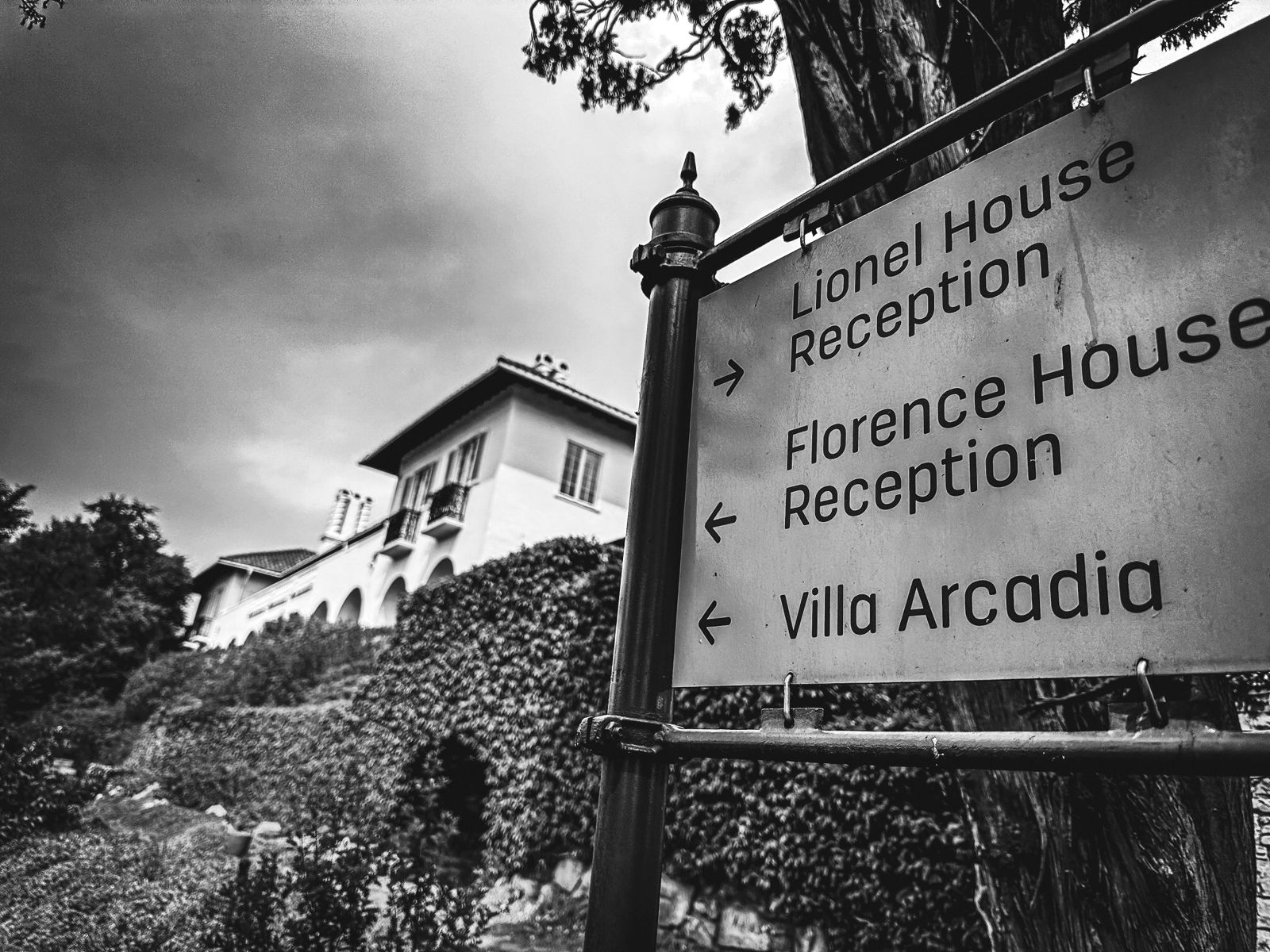
Villa Arcadia's story has been shaped by the people who have come and gone over the century. Each set of people has added a new dimension to the mansion, and makes the Villa's history one of Johannesburg's most compelling tales – From Villa Arcadia, Views from the Ridge.
THE HISTORY OF VILLA ARCADIA
The house at 22 Oxford Road was designed in 1909 by Sir Herbert Baker and Francis Edward Masey, and it was one of the last houses designed by the partnership. Lady Florence gave considerable input, and she was the person who started the trend of mining magnates building homes along the ridge. Having gone out horse riding from the dusty mining town of early Johannesburg, she travelled up the ridge and found incredible views and, more importantly, breathing space. 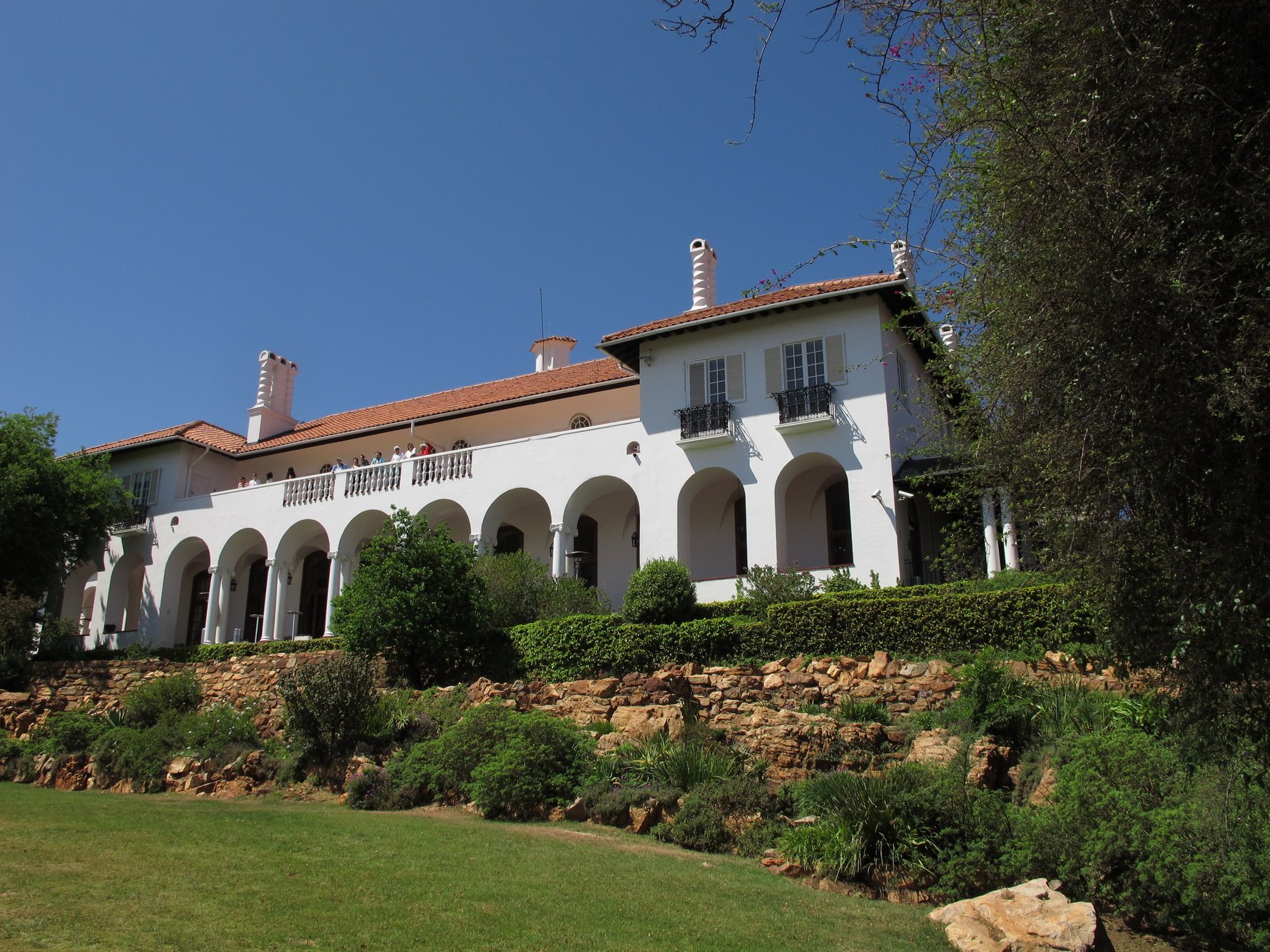
For 13 years, between 1909 and 1922, Lady Florence and her husband, Sir Lionel Phillips occupied Villa Arcadia. History records that: “Florrie Phillips was actively involved in the daily operations during the mansion's building. This often annoyed Baker, who wasn't used to this sort of supervision,” reads a passage in the book Villa Arcadia: Views from the Ridge. Even a 21st-century architect can tell, “There are elements, like the loggia, the cloisters and the Music Room, that are outstanding. But there are things that detract from it. It is clear to me that Baker didn't have his way here a good amount of the time... There's a good amount of Florrie here,” says architect Louise O’Raw, during her reflection of Villa Arcadia’s restoration phase in the early 2000s.
And Lionel? He was a Randlord, one of the handful of European capitalists who rapidly gained control of the wealth to be drawn from the Witwatersrand's gleaming seam of gold. At least these Randlords were 'nice' enough to put some of their fortune back into the growing city of Johannesburg and in South Africa as a whole.
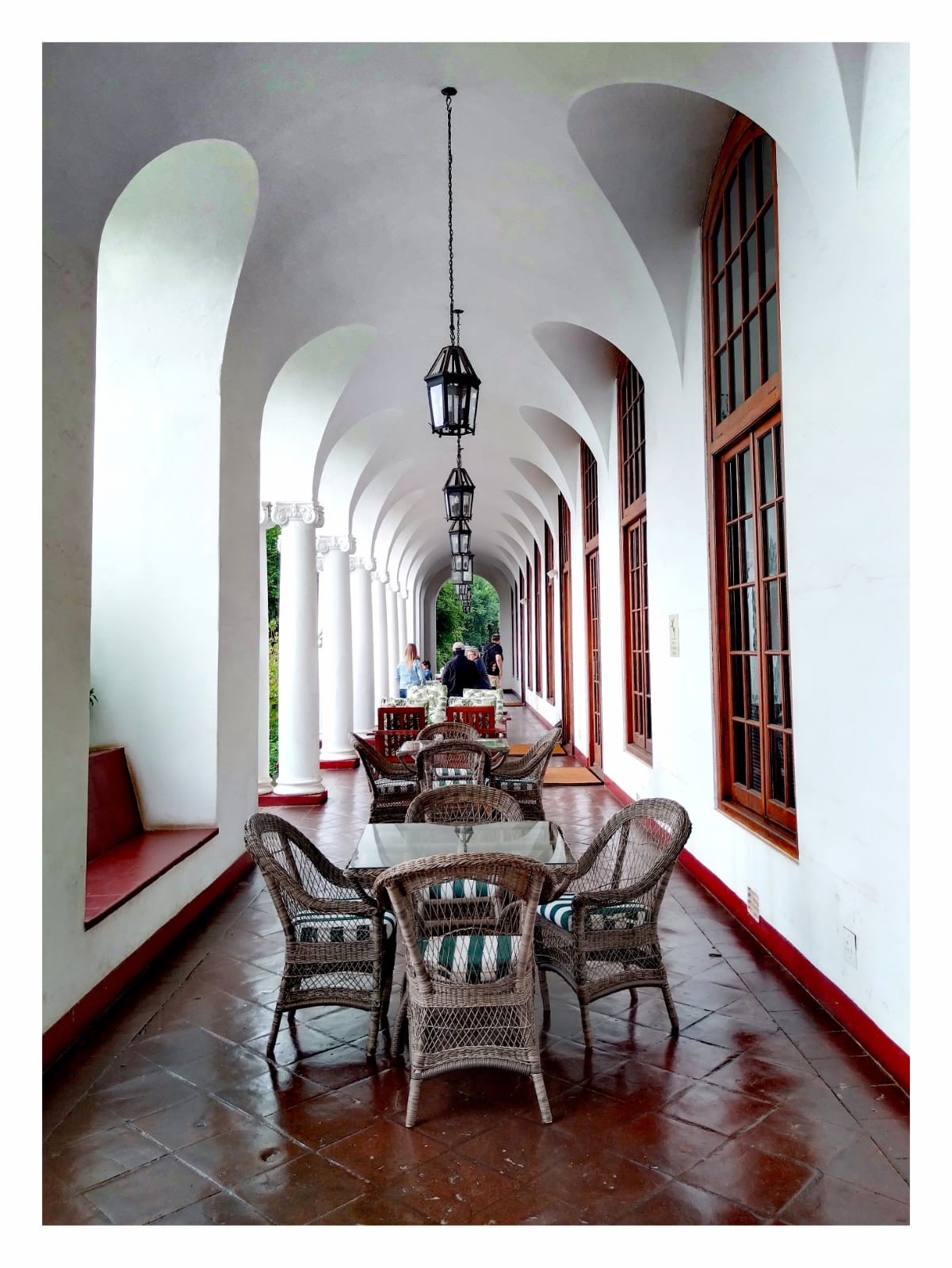
FLORENCE PHILLIPS “NO ORDINARY WOMAN"
Let's talk about women in history. Not all of them at once, but to start, let's have a look at the life of Lady Florence. The activations and projects she was involved in were a noticeable feat for a woman in the 1900s, and she had no shame in defying social norms, talking to the big guns and taking massive leaps in her home town.Just as she moved into her lavish new home in 1909, after also making sure there was dedicated space for all the art she owned and her valuable mediaeval tapestries, Lady Phillips couldn’t sit still with her interest in art. So, she set out to create a new public art gallery, Johannesburg Art Gallery, to be specific (established in 1910). Over a century later, it still stands, even after a few bumps in the road, some vandalism, ill-maintenance and more. Speaking of her passion for art, she also had a hand in persuading mining magnate Max Michaelis to donate his impressive collection of 17th-century Dutch and Flemish paintings to the University of Cape Town.
This is not to say Sir Lionel didn’t have a hand in initiating any long-standing institutions. He put money into establishing the University of Cape Town and was even involved in establishing Cape Town's world-famous Kirstenbosch National Botanical Garden.
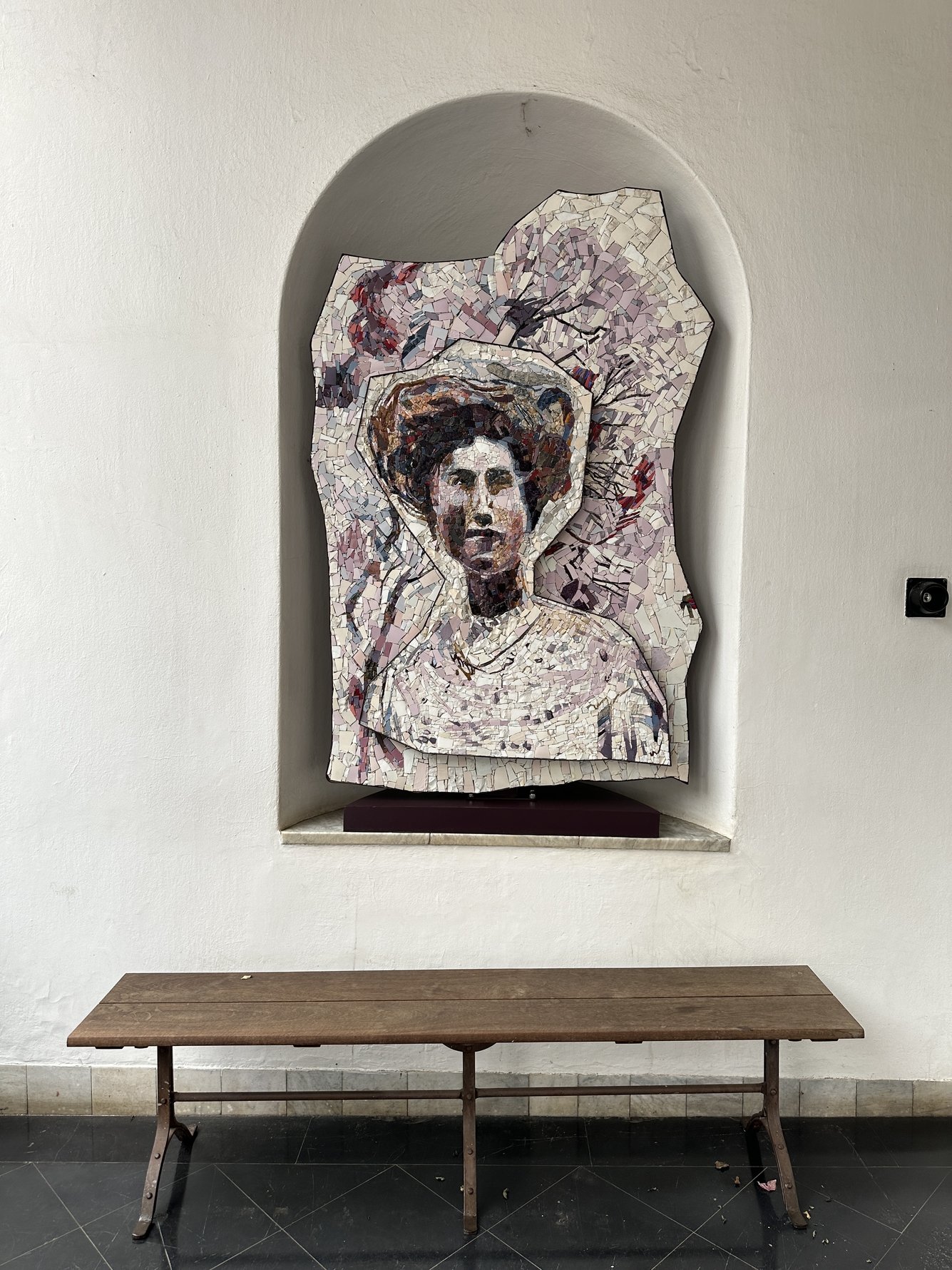
Art, preservation and education, what more could these two accomplish? They even introduced the Society for the Prevention of Cruelty to Animals in South Africa.
Villa Arcadia was one of the first houses on Parktown Ridge. When Lady Florence and Sir Lionel Phillips built their mansion, Johannesburg was a new city and, since then, has grown alongside and around the villa, spreading across several ridges and becoming one of Africa’s largest to date.
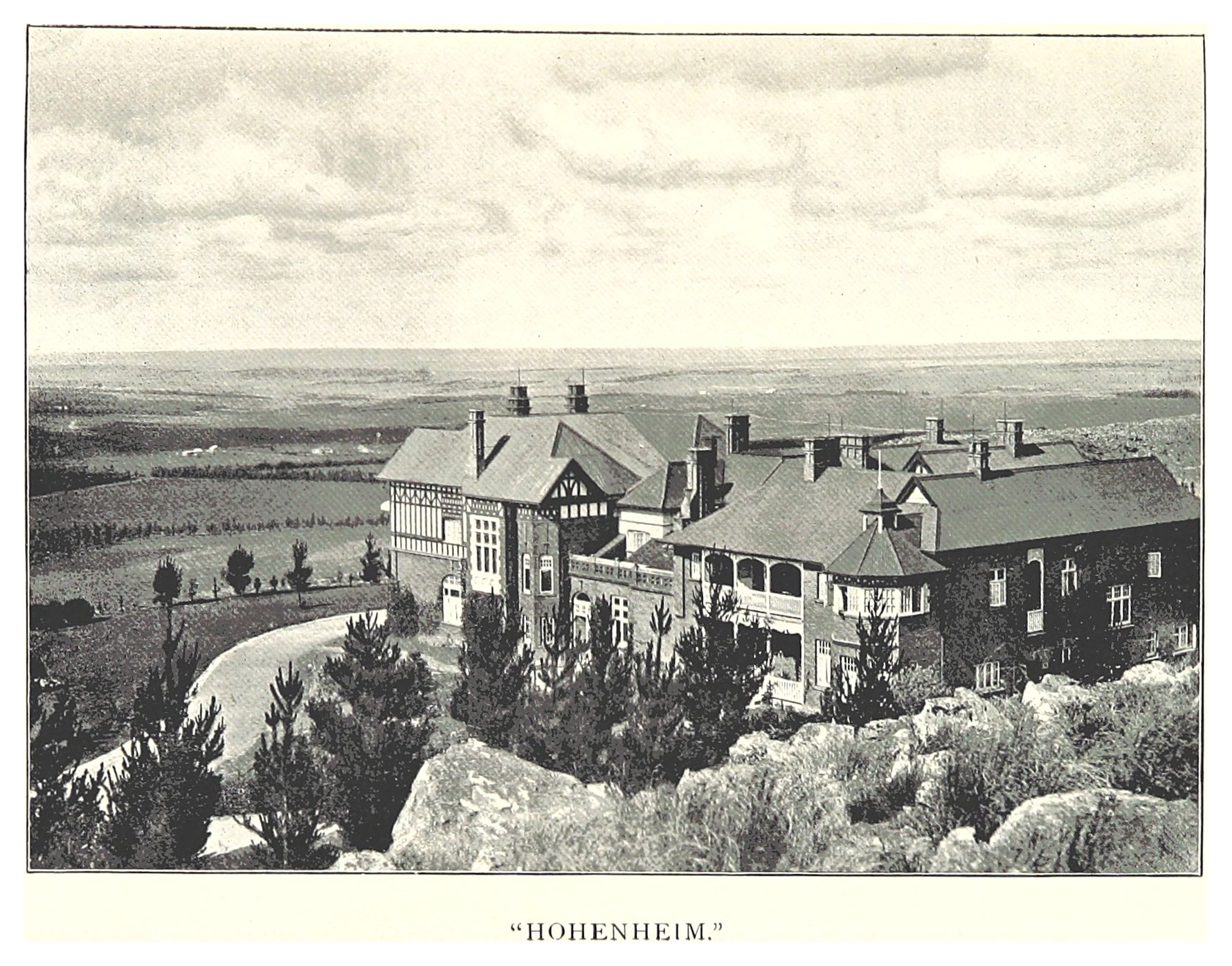
Can we consider Lady Florence Phillips a feminist icon? “Queen of the dusty city” and collector of the arts, perhaps? Maybe, more politically, the woman behind the man… Whichever way you see it, it’s nice to have some background on women in history breaking boundaries.
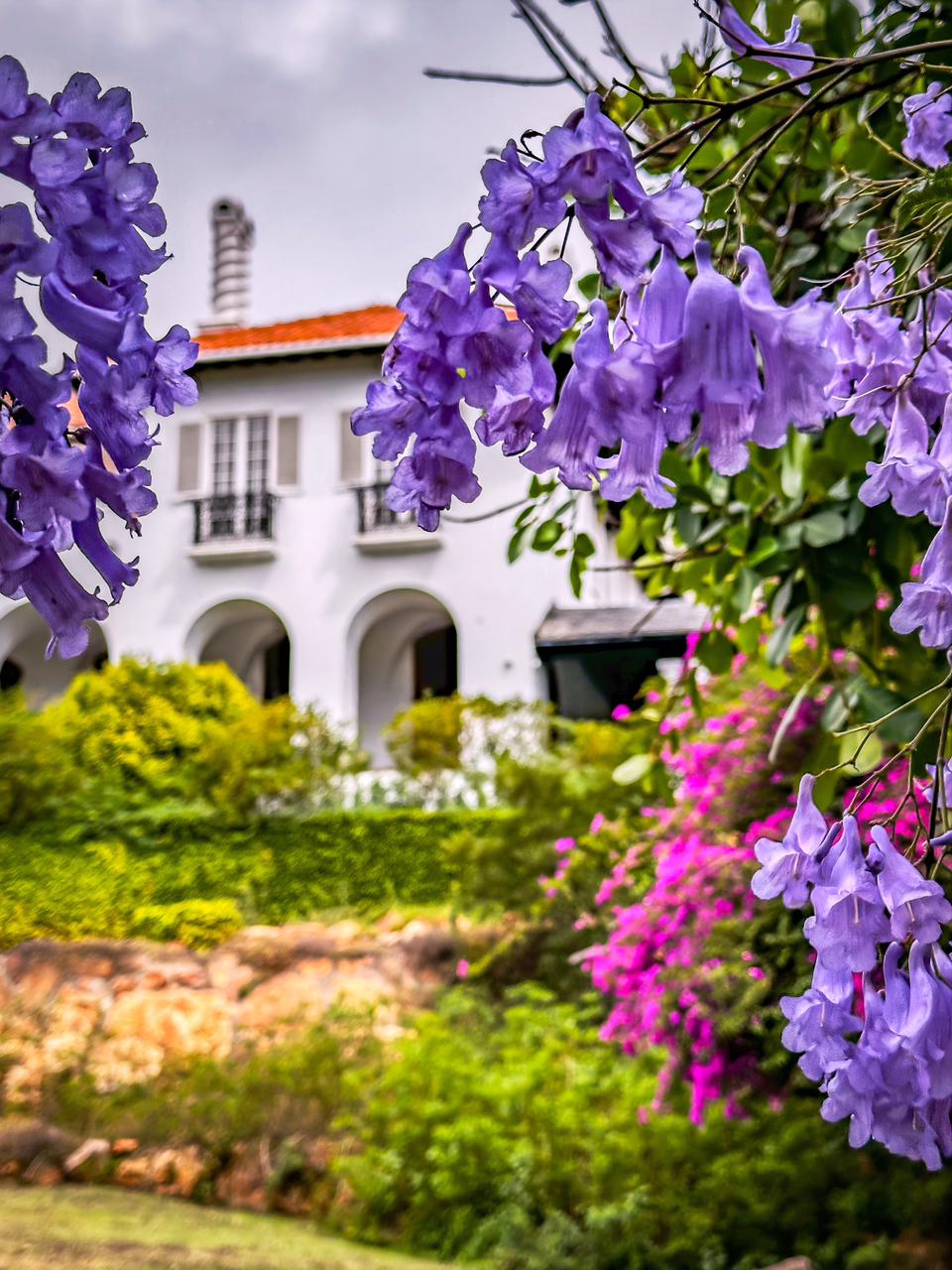
THE PEOPLE OF VILLA ARCADIA “THE ARC”
Back to Villa Arcadia, and after the Phillips’ moved homes (can you believe Lady Phillips wanted to take the fittings with her? It’s the reason people who live in the area of the old Transvaal don't sell a house without an oven, nowadays). In 1923, the mansion was bought by the South African Jewish Orphanage and officially opened by South African Prime Minister Jan Smuts. Some of the first residents were displaced children from the antisemitic political happenings of the time. Later, two of these orphans actually married there in 1931, the first of many ceremonies. Over the years, the number of orphaned kids increased so much that two extensions were built in 1939 to house them all. A terrible repercussion of the Nazi regime.Thankfully, towards the last quarter of the 20th century, only 25 children called Villa Arcadia their home, and by 2003, the 16-acre Estate was sold to Hollard, the insurance company, who wanted a single place to call home and, after its restoration and massive extension, used it as the place of work for thousands of employees. But, in honour of the 2,000 children the orphanage took in over its 80 years in existence, wooden panels memorialising the children’s home benefactors have been left on one of the walls of the Villa’s courtyard.
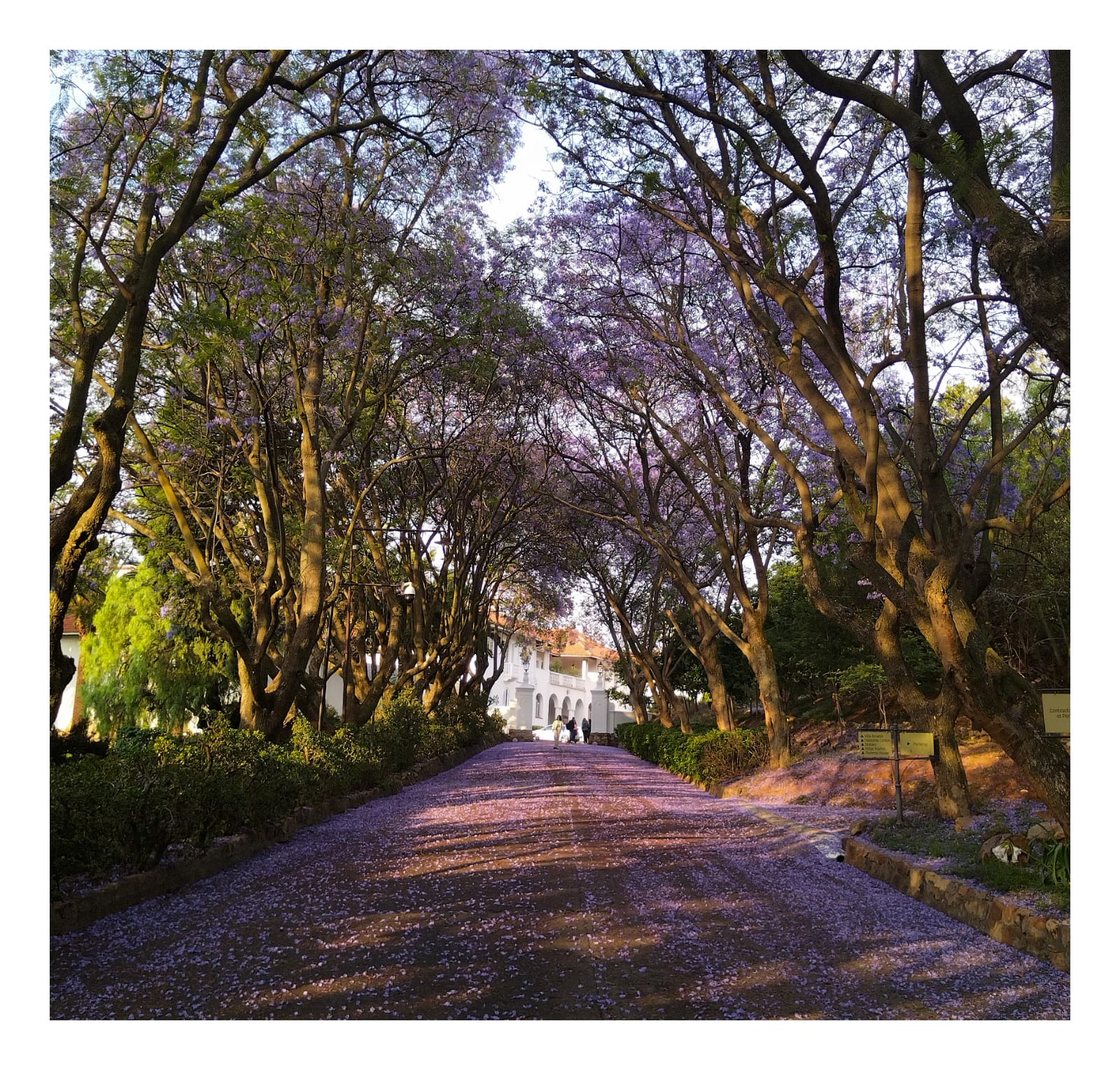
VILLA ART-CADIA
In 2010, Villa Arcadia hosted the National Treasure Exhibition. All works on display formed part of the Johannesburg Art Gallery’s collection, and the exhibition included works donated to the gallery by the original owners, Sir and Lady Phillips.Right now, David Koloane's fantastical Johannesburg scene Midnight sits at the head of the main stairs, a grand staircase leading from the villa's impressive hallway to the first floor. Spier Arts Trust is the curator of Hollard’s significant contemporary art collection and these works fill up the walls and space, not only in its extended buildings but inside Villa Arcadia itself.
You’ve got the likes of Pat Mautloa and William Kentridge, as well as Doreen Southwood and Diana Hyslop, not to mention Jane Alexander and even Paul Emmanuel, whose After Image is likely to stay in the Great Hall – too large and delicate to move.

“Villa Arcadia has come full circle. When it was first opened in 1909, magnificent, contemporary art adorned its walls. Now art is back, ” reads another passage from Villa Arcadia: Views from the Ridge. Not only is there a historical art collection gleaming in the corners and walls of Villa Arcadia, but the building's current owners, Hollard, along with the Spier Art Trust are dedicated to promoting South African artists, especially those who are up-and-coming, and they create artistic opportunities in any way they can. Now that’s a legacy we’re interested in following.
Not only that but the Villa Arcadia Library is filled with hundreds of books on South Africa's heritage, from art and architecture to history and even the Johannesburg Zoo.
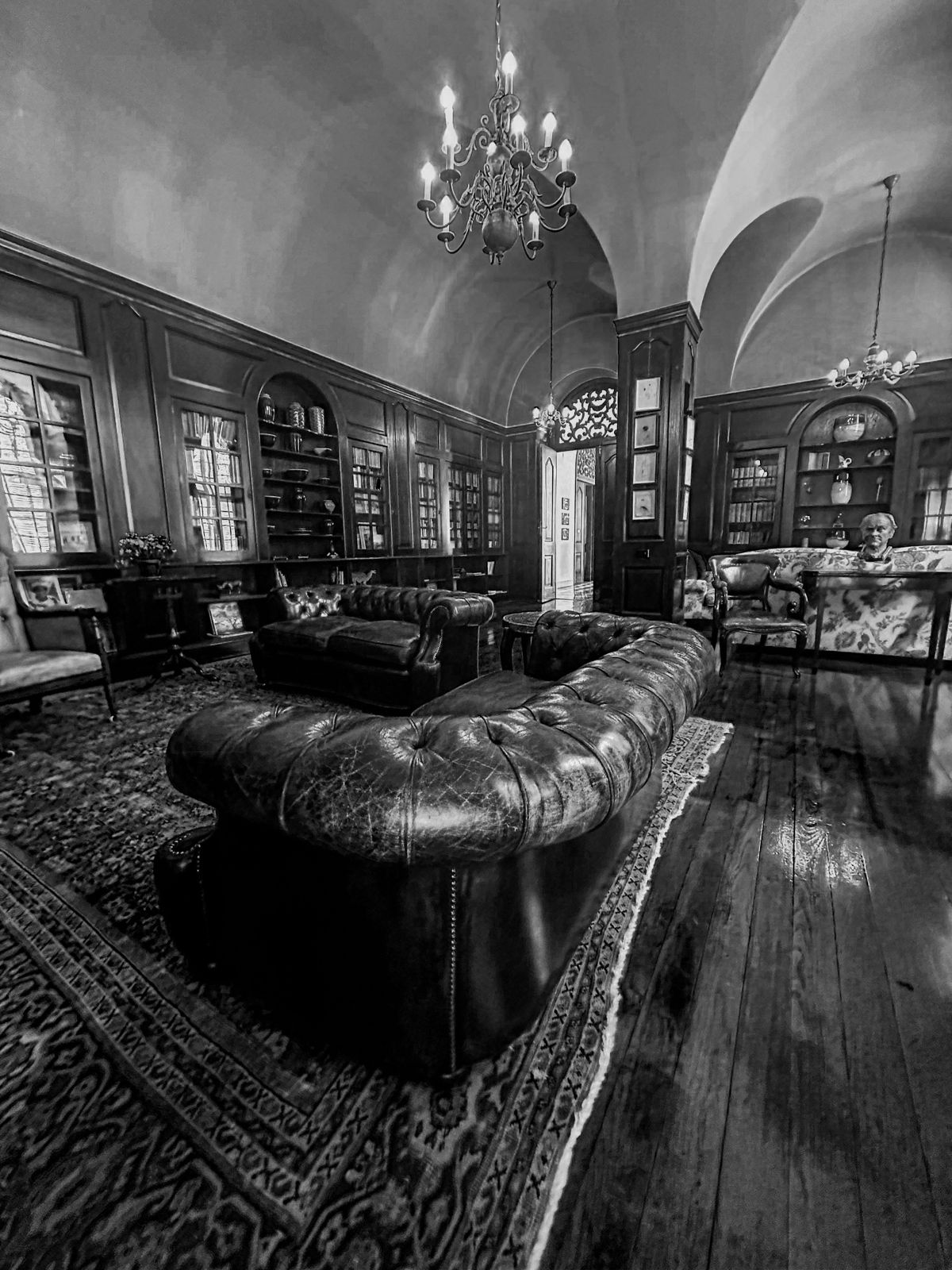
VILLA ARCADIA: A SYMBOL OF OUR HERITAGE
What is heritage if not the practices and traditions that are passed from one generation to the next, not forgetting the great works – artistic and scientific – that form the soil in which a nation grows? There is no doubt that Villa Arcadia has a place in South Africa's rich, and contested, history. It is a piece of living heritage, and also a protector of heritage.No matter its history, the iconic building still has its place in Johannesburg today.
“This place is an inspiration, a message of community and history, a reminder of our roots, good and bad” – Paolo Cavalieri (chairman, iTOO; former Hollard CEO).
Villa Arcadia is closed to the public, but visited by Johannesburg Heritage Foundation. We recommend you become a member, so you can experience this and many other heritage properties across Gauteng.


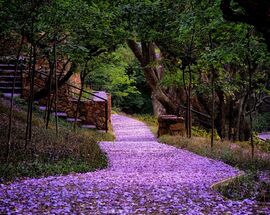
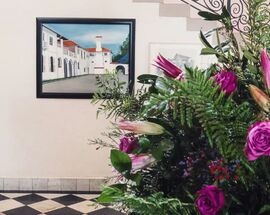
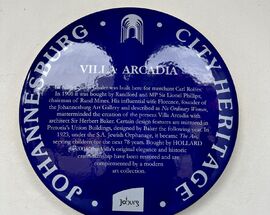


Comments